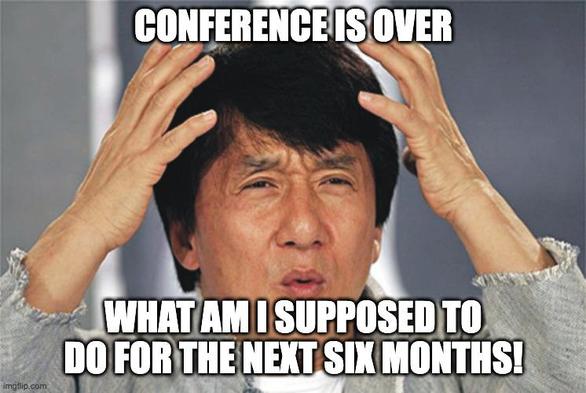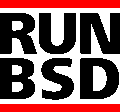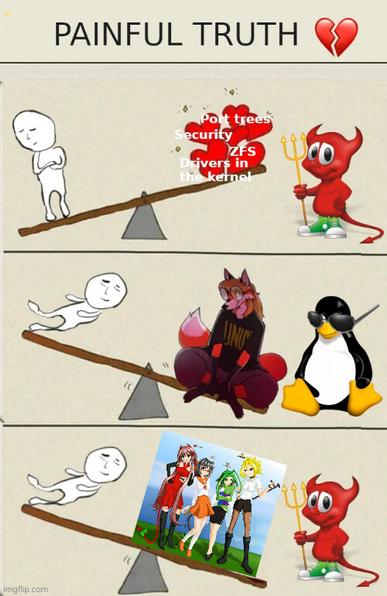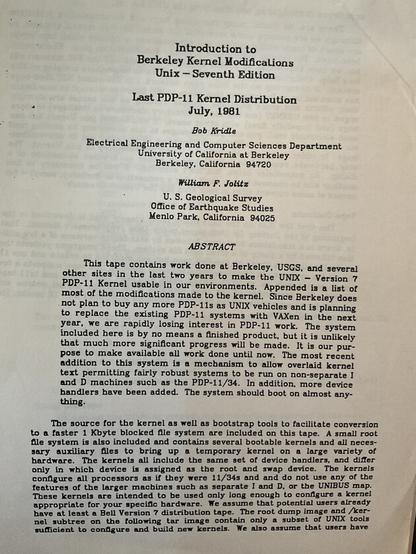🔐 DragonFlyBSD Lands "Next-Gen" Disk Encryption Code - Phoronix
"As it's been over two years since the previous release of this operating system, DragonFlyBSD 6.4, hopefully the next release will get wrapped up soon with this next-generation DM-crypt target and the many other enhancements that have queued up over this time."
https://www.phoronix.com/news/DragonFlyBSD-DM-Crypt-NG






